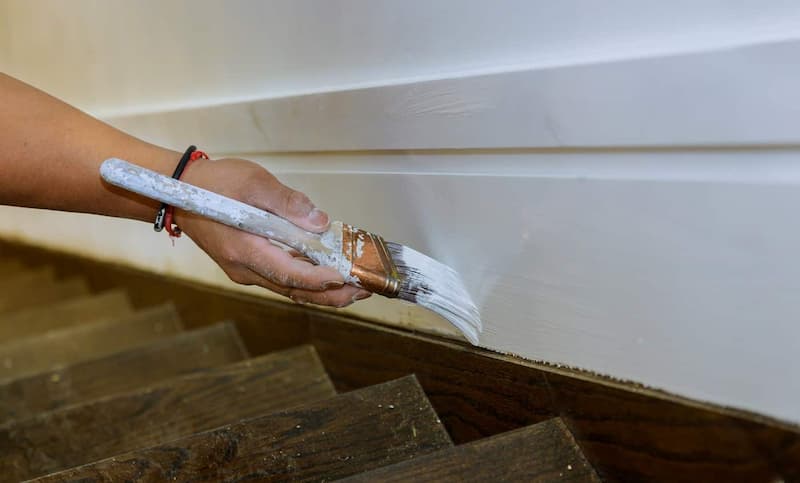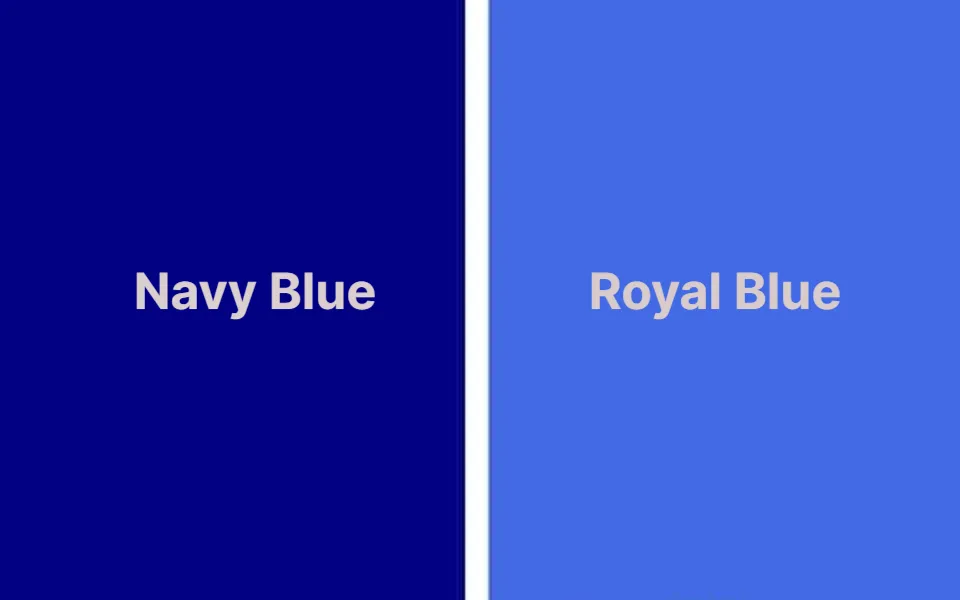Have you been wondering how to paint your baseboards without damaging your carpet or your trim? While this may appear to be an insurmountable challenge, there are a few tricks and suggestions here that will make this simpler than you could have ever imagined.
In this article, we’ll demonstrate how to paint baseboards without endangering your carpet. To learn everything there is to know about painting baseboards with carpet, continue reading.
Things You Should Know
- To protect your carpet and wall from paint, you’ll need a drop cloth and painter’s tape.
- Utilizing a putty knife, tuck the carpet underneath the bottom of the trim.
- If you’re really concerned about getting paint on your carpet, manually direct your brush with a painter’s tray or a metal sheet.
Prep a Room for Painting Baseboards With Carpet
How you tape off the carpet will make all the difference in protecting it from damage and keeping it away from the baseboards while you paint.
The Wrong Way
The majority of people start by aligning their roll of tape directly with the baseboard before starting to tape the carpet. After they finish painting, they discover that the paint easily penetrated the carpet and the trim, as well as the spaces between the tape and the trim.
When you prepare in this manner, you’ll also encounter the secondary issue of base spots on the baseboard after you pull up your tape. There are some baseboards that are still visible because the paint doesn’t cover them all.
The method’s final drawback is that it will permit hair, dust, and other debris to contaminate the baseboard’s finish.

Ways to Paint Baseboards With Carpet
Here is how I paint baseboard on carpet and get a flawless finish every time with no paint dripping onto the carpet.
Vacuuming Around All the Baseboard
A room’s corners and edges are often filled with dust, debris, and especially hair—both human and animal. I begin by thoroughly vacuuming the first 4 inches of carpeting around the baseboard with a shop vac.
Running Your Tape onto the Baseboard
Please bear with me as I explain this step because it may not make sense at first.
The thickness of the carpet or the distance between the baseboard’s bottom and the top of the carpet should be determined. This typically measures about a half-inch.
Tape the baseboard with your 2 Prime masking tape about 1/2 inch up. Instead of trying to run your tape along an entire wall at once, you might find it easier to do these in two-foot strips.
DO NOT press the tape onto the baseboard; the tape is not yet finished.
Tucking the Tape under the Baseboard
Take hold of the edge of the tape that is furthest away from the baseboard with one hand, and gently pull it further away from the baseboard until the edge of the tape that was touching the baseboard pulls away from the trim.
Use a 2 or 4 inch flat putty knife to carefully tuck the tape under the baseboard.
This will take a very long time for you to complete on your first wall, but once you get the hang of it, it will go much more quickly.
This completely separates the tape from the carpet by getting it under the baseboard.
For the paint to reach the carpet and for carpet fibers to reach the paint, you have made it impossible.
In order to ensure that no unpainted surfaces are visible once the project is complete, you’ve also made it simple to paint your baseboard all the way down to the bottom of the board.
Running Extra Tape and Carpet Shield for Extra Protection
I run another strip of 2″ tape after I have a 2″ strip of masking tape tucked under the baseboard all the way around the room to give myself about 3″ of working space for my brushwork or spraying.
To prevent paint splatter or paint footprints on the carpet after the second strip of tape is in place, I like to move a roll of carpet shield around the room. As a result, my painting area is kept clear of carpet debris.
I always drape the remaining portion of the room in plastic as my last step, except when spraying. This has absolutely no place when brushing.
Suggested reading: One of the best ways to quickly improve the appearance and ambiance of a space where you probably spend a lot of time is by updating your kitchen cabinets. So, how much does it cost to paint kitchen cabinets?
FAQs
What Tape Sticks to Carpet?
Duct tape worked great on carpets.
The duct tapes we tested all performed admirably on our carpet. The performance was very similar across the range of duct tapes we tested because duct tape typically comes with a high-strength adhesive as standard.
Do You Paint Baseboards before Or After Flooring?
Quick Answer: Paint After!
Painting should always be done following the installation of new flooring. It’s understandable that clients would worry about paint spills happening on the brand-new floor.



